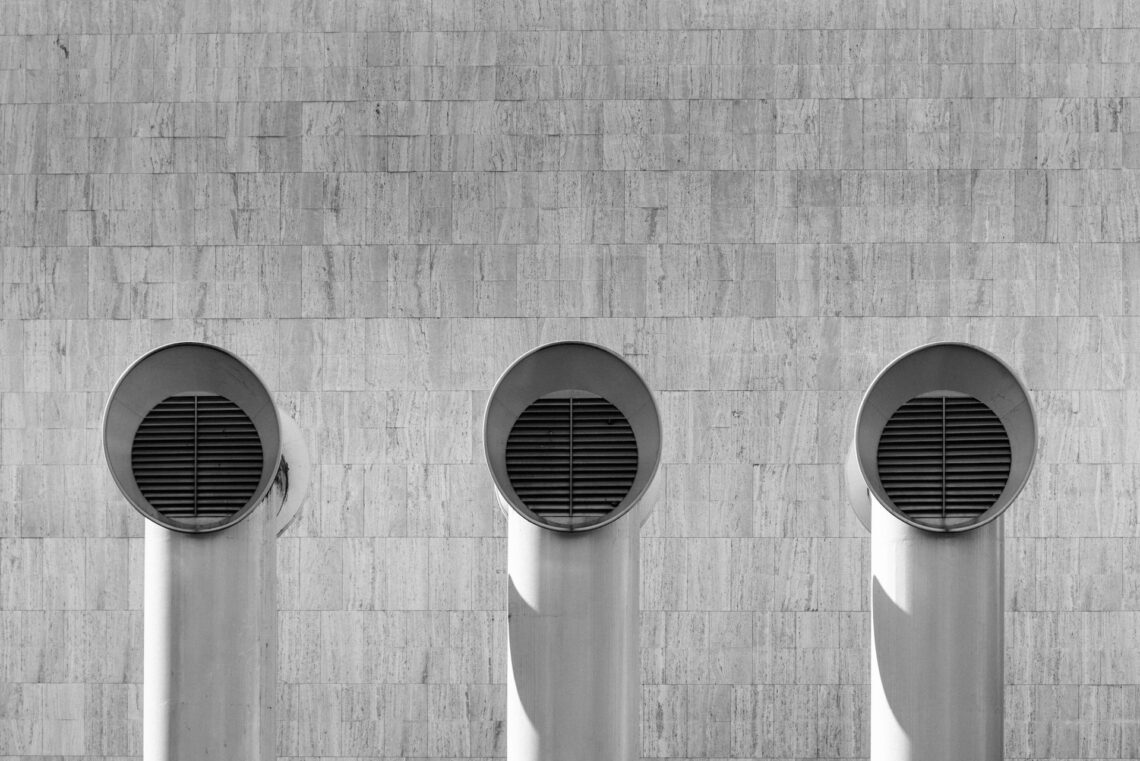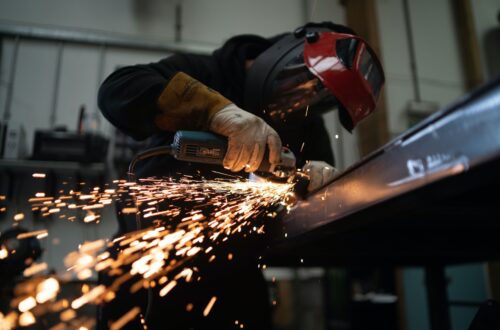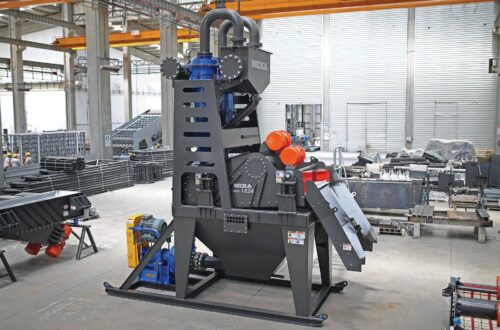When choosing the right filter distributor, there are a few key things to consider. These include the filters you’ll need, the filtration capacity, the kind of cleaning system you’ll need, and the change-out time.
Structural Integrity
The Structural Integrity of a Donaldson filter distributor VA is crucial in maintaining a safe and productive system. Several tests are used to measure its integrity. These tests include the hydrostatic pressure test and cyclic pressure test. Once these tests are completed, media can be placed in the filter. The media must be smooth like glass. Bubble point testing is another essential tool for evaluating the structural integrity of a filter. This testing method correctly detects leaks, ineffective seals, and even malfunctions. In addition to bubble point testing, there are other integrity testers available. They include valves, flow meters, and pressure transducers. Depending on the specific model of the integrity tester, they may also come with a PLC interface that allows for remote control.
Electrostatic vs. mechanical filtration
Electrostatic and mechanical filtration are touted as the best way to remove particles from the air. However, as with any technology, it’s essential to ensure the best method is used to provide the most efficient performance. In addition, a well-made electrostatic air filter may not protect the occupants of the building from the contaminants it is designed to remove. One method of achieving this is using a device that generates an induced charge. Such devices have been used for centuries to separate fine particles from the liquid phase. Despite their popularity, there are still many challenges associated with their operation. Among these is the maintenance and operation of the equipment.
Contamination (Dirt-Holding) Capacity
Dirt-holding capacity is a measure of a filter’s ability to capture contaminants. It is a metric used as a marketing ploy by many manufacturers. However, the dirt-holding capacity of a filter is just one of many factors that affect the performance of a filtration system. The type of contaminant, the rate at which it is introduced, and other dynamic stresses all impact a filter’s lifespan. Filter performance is also affected by the particle size distribution of the contaminant. One of the best ways to measure dirt-holding capacity is with the aid of a test. Several methods can be used. However, the most common ones are ISO 16889 and ISO MTD.
Self-cleaning vs. manual filtration
A self-cleaning filter is a device that allows a water distribution system to filter out contaminants. They can be found in several varieties, depending on the application. These include run-down screens, cartridge filters, and Y-strainers. Self-cleaning filters offer several benefits, including lower maintenance costs, less downtime, and improved overall efficiency. The size of the inlet and outlet of the self-cleaning filter will determine how efficiently the device will work. In addition, the size of the filtration area will determine how effectively it will trap particles. An automatic self-cleaning filter uses the difference in pressure across the filter to clean itself. This process can be accomplished in a few seconds.
Breathers
Breathers are designed to help control moisture in the air. They are an essential tool for keeping machinery running smoothly. This allows lubricants to remain cool and clean. Breathers come in various sizes and can be installed directly on many machines. Some typical applications include oil reservoirs, drums, pumps, and storage boxes. However, they are also helpful in other plant areas, such as washdowns and steam cleaning rooms. To determine what breather is suitable for your application, it’s essential to consider all the factors. You may miss out on a solution if you need help deciding what’s required. You’ll want to ask your supplier about the reservoir’s maximum flow rate and size.






